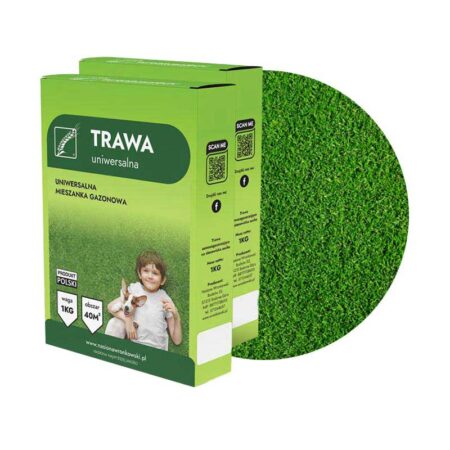Description
Common Echium – Natural Beauty and Wealth for Your Garden
Common echium (echium vulgare) is a biennial plant from the borage family, which delights with its unique beauty and versatility. It is ideal for sowing in dry and sunny positions, creating beautiful, colorful accents in the garden.

Echium is a plant that can be successfully sown in dry and sunny positions. Although it will grow well in more fertile soil, flowering may be slightly weaker. It is important to take care of it after sowing appropriate soil compaction i regular watering for several weeksuntil the plant takes root. Once this happens, the echium can tolerate it even well longer droughts.
In the first year after sowing, the plant grows a root and a rosette of leaves. The next year it produces a thick flower shoot. The echium stem is covered with burgundy warts from which prickly hairs grow. The leaves are rough hairy, lanceolate with sharp tips. The flowers are initially purple, later turning blue, have a funnel-shaped shape and protruding red stamens.
Main advantages:
- Plant Type: Two years old
- Flowering: May – August
- Position: Sunny
- Soil: Dry, sandy, clayey
- Sowing date: March – May, September – October
- Plant Height: 60-90 cm
- Sowing rate: 1 g / m²
- Honey Efficiency: 300-700 kg/ha
Common echium, due to its melliferous properties, is often used sown as a plant supporting local fauna. Its honey yield from 1 ha, that's it 300 to even 700 kg, which makes it extremely valuable for beekeepers. In the past, the plant was used medicinally, especially against viper bites, which explains its name. However, self-treatment with echium is dangerous and not recommended.
Echium is a plant that benefits not only your garden, but also local nature. Its unique appearance, melliferous nature and history make it an excellent choice for every gardener.
How to sow a flower meadow? – link to the guide
Buy now and add natural beauty and richness to your garden!














